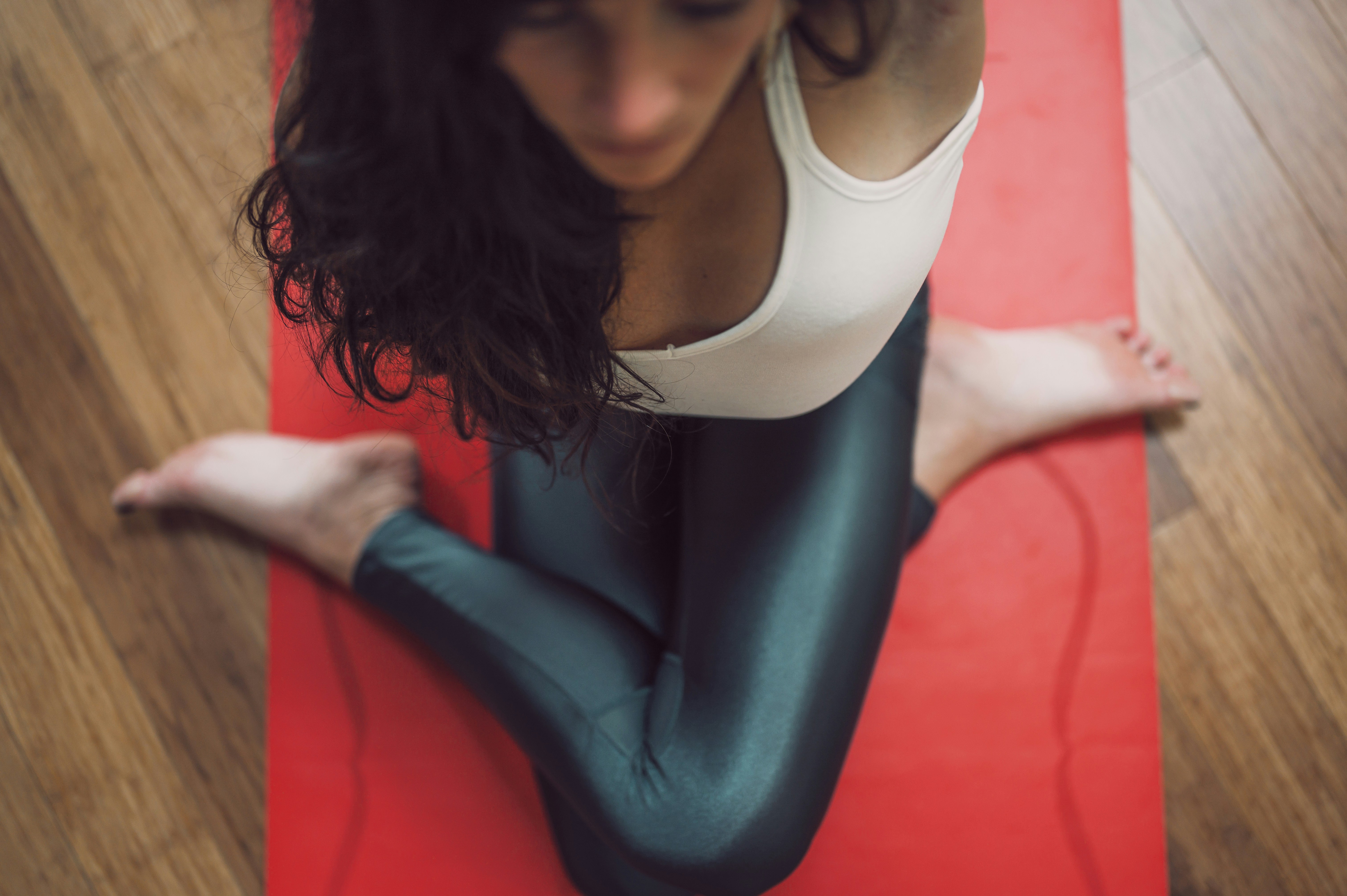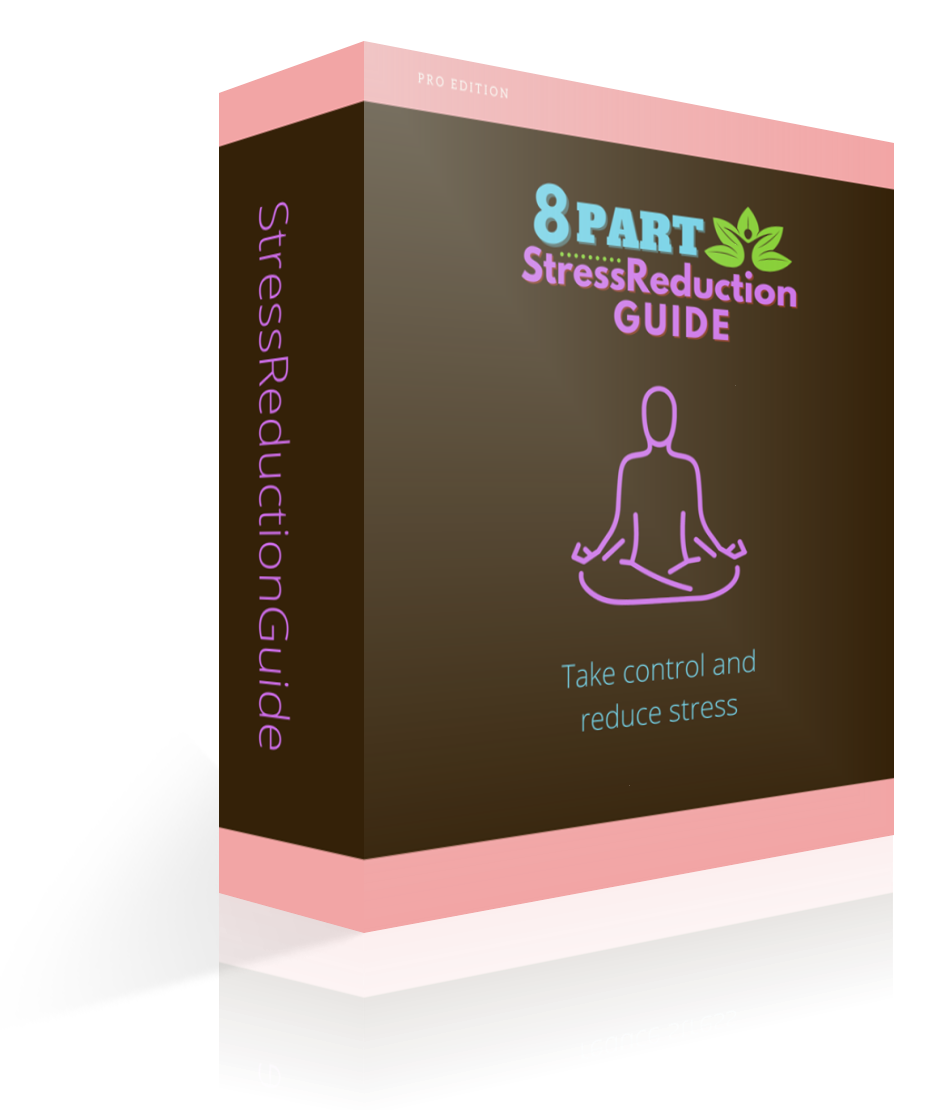Have you ever found yourself swept away by the unending current of daily life, struggling to find a moment of peace? Many of us spend our days tethered to a constant state of doing, juggling multiple responsibilities, and rarely taking time to just be. The concept of mindfulness can help you anchor yourself in the present moment, allowing you to experience a sense of calm regardless of your external circumstances. It’s not about escaping reality but rather embracing it with a different, more peaceful perspective.
What is Mindfulness?
Mindfulness is the practice of staying present and fully engaging with the current moment. It’s about bringing your attention to your thoughts, feelings, and surroundings without judgment. Whether you are eating, walking, or merely sitting still, mindfulness encourages you to focus on the here and now.
Why Should You Practice Mindfulness?
Practicing mindfulness comes with a host of benefits. It can help you reduce stress, improve your emotional well-being, and even enhance your physical health. By focusing on the present moment, you can break free from the anxieties of the past and future, allowing yourself to experience life more fully.
Now, let’s explore five simple daily mindfulness activities that can help you stay calm and centered.
Walking Meditation
walking meditation is a form of meditation you can do while walking. Unlike sitting meditation, walking meditation combines physical activity with mindful awareness. It’s a perfect practice for those who find it challenging to sit still for extended periods.
The Basics of Walking Meditation
Walking meditation often involves walking in a straight line or a circle at a slow and deliberate pace. The key is to focus on your steps, breathing, and the sensation of your feet touching the ground. This concentrated effort brings your mind back to the present moment.
How to Practice Walking Meditation
- Find a Quiet Space: Choose a place where you can walk undisturbed—this could be a park, a quiet street, or even your backyard.
- Focus on Your Breath: Start by taking a few deep breaths to center yourself.
- Walk Slowly: Begin walking at a slow and deliberate pace. Pay attention to each step, the movement of your legs, and the sensation of your feet touching the ground.
- Engage Your Senses: Notice the sounds, smells, and sights around you. Try to experience them fully without getting attached to any particular thing.
Walking meditation helps you develop a sense of peace and mindfulness that you can carry into your other daily activities.
Mindful Eating
Mindful eating transforms a routine activity into an opportunity for mindfulness. It encourages you to eat slowly and thoughtfully, providing a more enriching and satisfying eating experience.
The Essence of Mindful Eating
Mindful eating involves paying full attention to the experience of eating and drinking, both inside and outside the body. Specifically, mindful eating encompasses noticing the colors, smells, textures, flavors, temperatures, and even the sounds (crunch!) of your food.
Steps to Practice Mindful Eating
- Set the Table: Create a calming mealtime environment—turn off the TV, put away your phone, and take a few deep breaths before you start eating.
- Observe Your Food: Look at the colors and the presentation of your food. Notice the aroma.
- Take Small Bites: Take smaller bites than usual and chew thoroughly. Savor the different flavors and textures.
- Eat Slowly: Put your fork down between bites to pace yourself.
- Reflect: Pay attention to how the food makes you feel—emotionally and physically.
Table: Elements of Mindful Eating
| Step | Description |
|---|---|
| Set the Table | Create a peaceful environment |
| Observe Your Food | Notice colors, smells, and presentation of food |
| Take Small Bites | Chew thoroughly and savor the flavors |
| Eat Slowly | Pace yourself by putting the fork down between bites |
| Reflect | Pay attention to your emotional and physical responses |
Mindful eating doesn’t just help you stay calm; it also enriches your eating experience, making each meal more enjoyable and satisfying.
Body Scanning Meditation
A body scan is a simple and relaxing meditation technique that helps you tune into your body. It’s a great way to release tension and cultivate a deeper mind-body connection.
What is Body Scanning Meditation?
During a body scan meditation, you mentally scan your body, starting from your toes and working your way up to your head. You focus on different body parts, noticing any sensations or areas of tension without judgment.
How to Practice Body Scanning Meditation
- Find a Quiet Space: Lie down or sit comfortably in a quiet place.
- Close Your Eyes: Take a few deep breaths to center yourself.
- Begin the Scan: Start at your toes. Focus your attention on them and notice any sensations—warmth, tingling, tension, etc.
- Move Upward: Gradually shift your focus up through your body—ankles, legs, abdomen, chest, arms, neck, and head.
- Breathe Deeply: With each area, breathe deeply and release any tension you find.
- Conclude: Once you’ve scanned your entire body, take a few moments to lie there quietly and experience the sense of relaxation.
Body Scanning Meditation is a fantastic way to check in with your body, helping you identify areas of tension that you might not have been conscious of and allowing you to release them.
Four Square Breathing
Also known as Box Breathing, Four Square Breathing is a simple and effective technique to calm your nervous system. It’s a rhythmic breathing practice that helps you manage stress and anxiety.
Understanding Four Square Breathing
Four Square Breathing involves inhaling, holding your breath, exhaling, and holding your breath again—all for equal counts, typically four seconds. This balanced breathing pattern engages the parasympathetic nervous system, which helps in inducing a state of calm.
Steps to Practice Four Square Breathing
- Find a Comfortable Position: Sit or lie down in a comfortable position.
- Inhale: Take a deep breath in through your nose while counting to four.
- Hold: Hold your breath for a count of four.
- Exhale: Exhale slowly through your mouth for a count of four.
- Hold Again: Hold your breath at the bottom of the exhale for another count of four.
- Repeat: Repeat this cycle several times until you feel a sense of calm.
This rhythmic breathing technique can be particularly useful in stressful situations, helping you regain your composure quickly and efficiently.
Laughter Yoga
Laughter Yoga combines laughter exercises with yoga breathing techniques to promote overall well-being. Often practiced in groups, it emphasizes playfulness, fun, and joy.
What is Laughter Yoga?
Laughter Yoga is based on the principle that your body can benefit from laughter regardless of whether it is genuine or forced. The practice usually involves a series of “laughter exercises” interspersed with deep breathing and stretching.
How to Practice Laughter Yoga
- Warm-Up: Start with some gentle stretching and deep breathing to prepare your body.
- Initiate Laughter: Use playful exercises to stimulate laughter. This could be as simple as mimicking laughter or performing silly actions like pretending to ride a bicycle.
- Sustain Laughter: Encourage sustained laughter, aiming for a few minutes at a time.
- Deep Breathing: Interject deep breathing exercises between laughter sequences to help increase oxygen flow.
- Cool Down: Finish with some gentle stretching and relaxation to bring your session to a close.
Table: Laughter Yoga Exercises
| Step | Description |
|---|---|
| Warm-Up | Gentle stretching and deep breathing |
| Initiate Laughter | Playful exercises to stimulate laughter |
| Sustain Laughter | Encourage sustained laughter for a few minutes |
| Deep Breathing | Interject deep breathing exercises |
| Cool Down | Gentle stretching and relaxation |
Laughter Yoga is a fantastic way to lift your spirits and help you stay calm. Its blend of exercise, laughter, and social interaction offers a holistic approach to well-being.
Conclusion
In a world that often feels overwhelming, mindfulness offers a sanctuary where you can find peace and calm. Each of these five activities—Walking Meditation, Mindful Eating, Body Scanning Meditation, Four Square Breathing, and Laughter Yoga—provides a simple yet effective way to incorporate mindfulness into your daily routine.
By practicing these activities, you take small but meaningful steps toward cultivating a more mindful and calm presence in your everyday life. Remember, mindfulness is not about doing more but about being more, experiencing life fully in the present moment. Try incorporating one or more of these activities into your routine and observe how they transform your experience of daily life.







